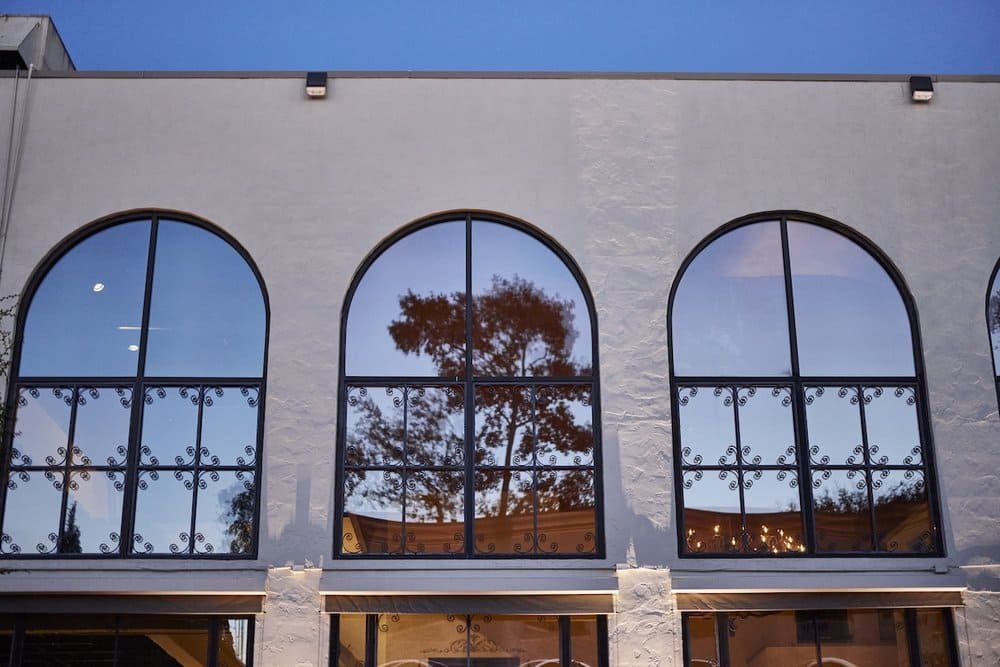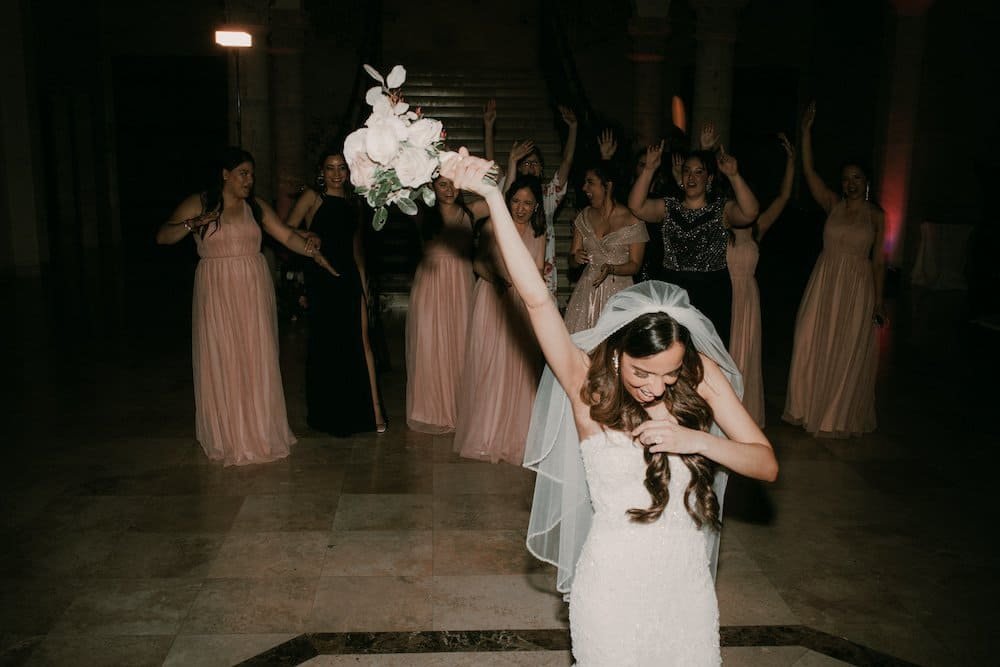Why Couples Now Choose Full-Service Wedding Venues Over Planners
Full-service wedding venues are changing how couples plan their big day. Today’s engaged pairs are confident, prepared, and ready to take charge. They arrive with timelines, Pinterest boards, and vendor lists already in hand. They don’t want someone telling them how to plan their wedding. They want a venue that helps them make it happen.
The old idea of spending thousands on a planner is fading. Couples now expect venues to provide more than just space. They want real support—without the middleman. That’s why full-service venues are rising in demand.
When the venue handles production, catering, and coordination, the process becomes smoother. And couples get to stay in control while still creating the unforgettable wedding they imagined.
Today’s Couples Want Control, Not Complication
Modern couples show up ready. They have ideas, timelines, and vendor lists. They don’t need someone to hold their hand. They need a venue that can support their plan without adding layers of complexity.
Goodbye, Overpriced Planners
Couples want freedom, not instructions. They prefer wedding venues that provide services directly instead of hiring a planner. With the right venue, they don’t need to outsource tasks or overpay. All-in-one wedding venues offer clear pricing, in-house support, and coordination help. This lets couples plan with ease while staying in control of their event.
Social Media = Free Expertise
Thanks to TikTok, Instagram, and wedding apps, couples no longer need planners to guide them. They arrive informed and organized. Wedding venues with vendor lists give them an edge. They combine online research with trusted, local options. The result? A wedding that reflects their style, without the cost or control issues planners sometimes bring.
What Smart Venues Are Doing Instead
The best venues aren’t resisting this trend—they’re running with it. They’ve adapted to serve the modern couple’s needs. They make planning easier and better.
Infrastructure That Delivers
Houston wedding venues with planning support offer built-in features that reduce stress. On-site production, lighting, and décor setups eliminate extra vendors. These services save time and cut costs. Couples focus on the vision while the venue handles the setup. With less back-and-forth, the experience becomes simpler, and the day flows exactly as they imagined.
Clear, Fast Communication
Great wedding venues that offer full support respond quickly and keep everything clear. Couples don’t chase answers or deal with slow replies. Instead, they talk directly with people who care. This fast, focused communication builds trust. When the venue is responsive and engaged, the couple can plan with confidence, without hiring someone to do it.
Trusted Vendor Lists
Couples often feel overwhelmed by options. Wedding venues with preferred vendors make choices easier. These lists include professionals who know the venue well and deliver on time. With reliable options, couples save research hours and avoid mistakes. It’s not just about picking anyone—it’s about picking the right team with help from a venue that knows.
The Bell Tower on 34th: A Case Study in Getting It Right
Couples planning their wedding want control, not complications. Full-service wedding venues like The Bell Tower on 34th provide that. They don’t just rent space. They offer solutions that eliminate stress.
From chef-led catering to in-house lighting and production, everything is on-site and handled smoothly. Couples choose their theme, set the vibe, and watch it come to life. The Bell Tower team uses a simple, effective framework:
Decide the Theme. Build the Vibe. Deliver the Event. Keep the Memory Alive. It guides couples from idea to execution without confusion. They also provide trusted vendor lists, open communication, and professional staff on call.
You plan your event your way, and they make it happen. Houston wedding venues with planning support are rare, but this venue stands out. It blends freedom with structure, so couples stay confident at every stage.
Why Full-Service Venues Are the Future
Weddings don’t need to be stressful or expensive. Full-service wedding venues reduce pressure and save time. Couples want fewer vendors and more support in one place. They look for venues that do more than offer space. They need coordination, food, décor, and staff, without juggling separate contracts.
Venues like The Bell Tower on 34th handle every detail behind the scenes. That includes wedding venue production services, personalized timelines, and trusted staff that know the flow. It’s not about doing everything yourself—it’s about having a venue that helps without taking control.
As more couples plan with online tools, they want a venue that fits their process. All-in-one wedding venues give them exactly that. Instead of spending thousands on planners, they invest in a space that delivers everything.
That’s not just a trend—it’s the future of weddings. Couples get simplicity, support, and stunning results—without the stress.
Wrapping Up: Let the Venue Be the Planner
Skip the high costs and long email chains. Choose a venue that simplifies your day and supports your vision. At The Bell Tower on 34th, we provide everything you need—without the stress. From planning tools to trusted vendors, we’ve got you covered. Your wedding deserves focus, not frustration. Let’s make it unforgettable together.
Experience stress-free planning. Book your private tour at The Bell Tower on 34th today and start creating your truly perfect wedding without the usual hassle.
Frequently Asked Questions
Can I plan my wedding without hiring a planner?
Yes, many couples plan without a planner. Choosing a full-service wedding venue like The Bell Tower on 34th makes it simple and stress-free.
What services do full-service wedding venues provide?
They offer catering, décor, AV production, vendor coordination, and on-site staff. All-in-one wedding venues help you manage everything in one place.
How does The Bell Tower on 34th support DIY-style planning?
We provide trusted vendors, flexible timelines, and a team ready to help. You plan your way, and we handle the logistics.
Is it more affordable to skip a planner?
Yes. With a venue that provides planning support, you save thousands by avoiding outside fees and reducing vendor overlap.
Can I still use my own vendors?
Absolutely. While we offer preferred vendor lists, you're welcome to bring your own. We’ll coordinate with them to ensure everything runs smoothly.






















